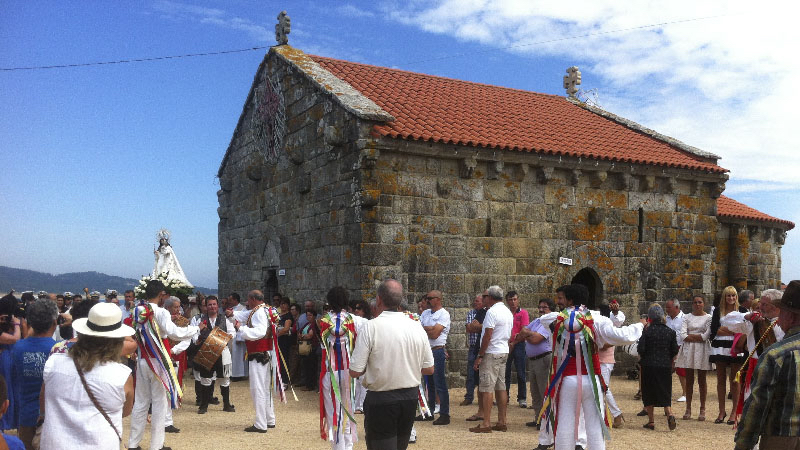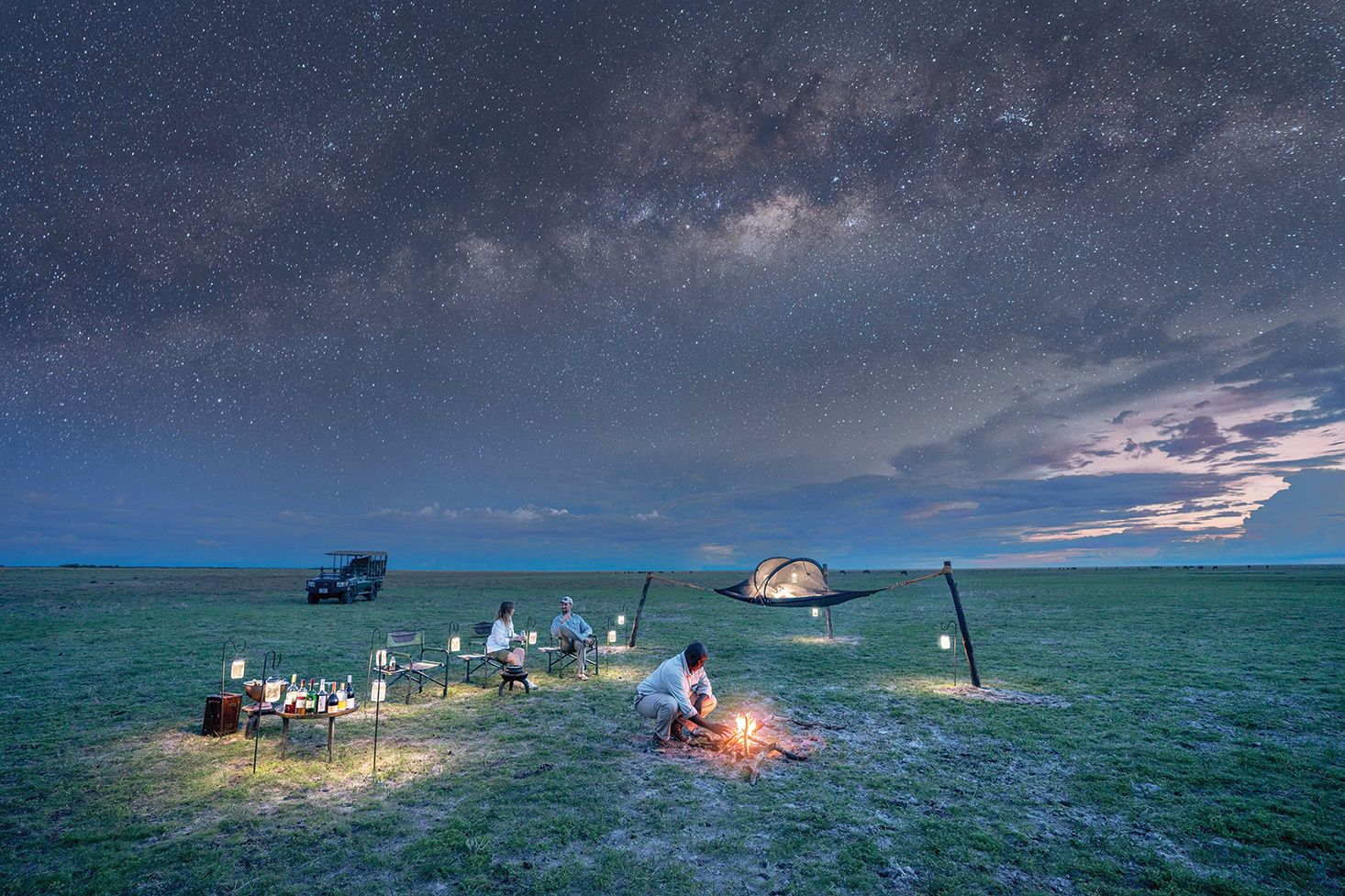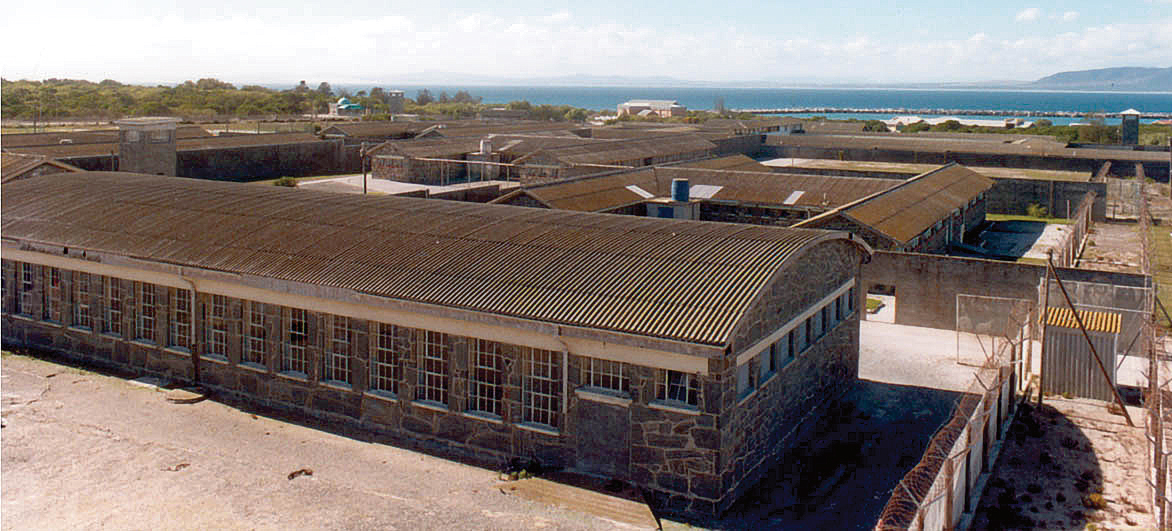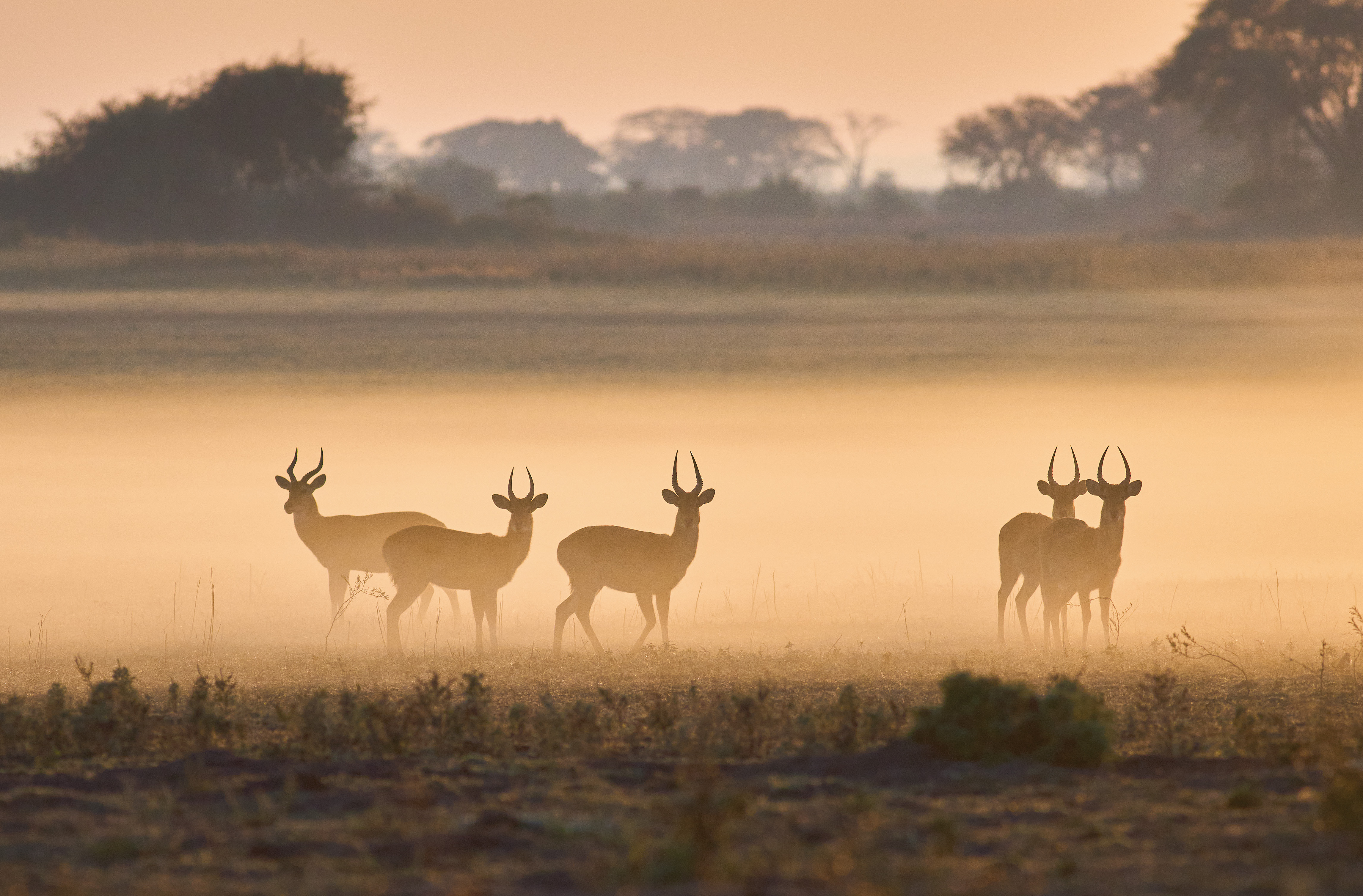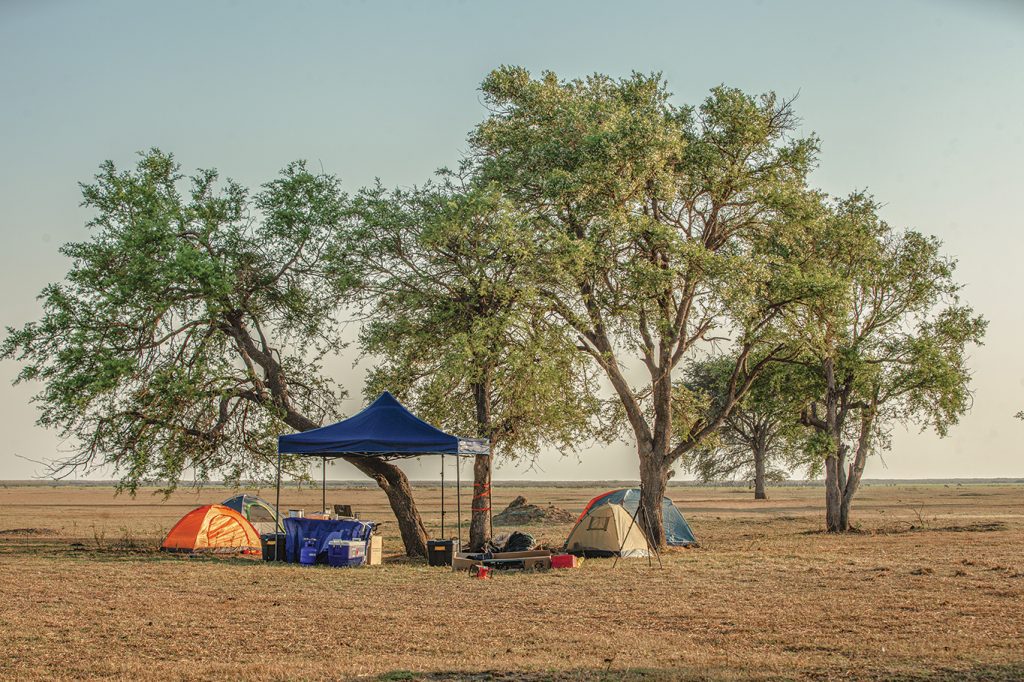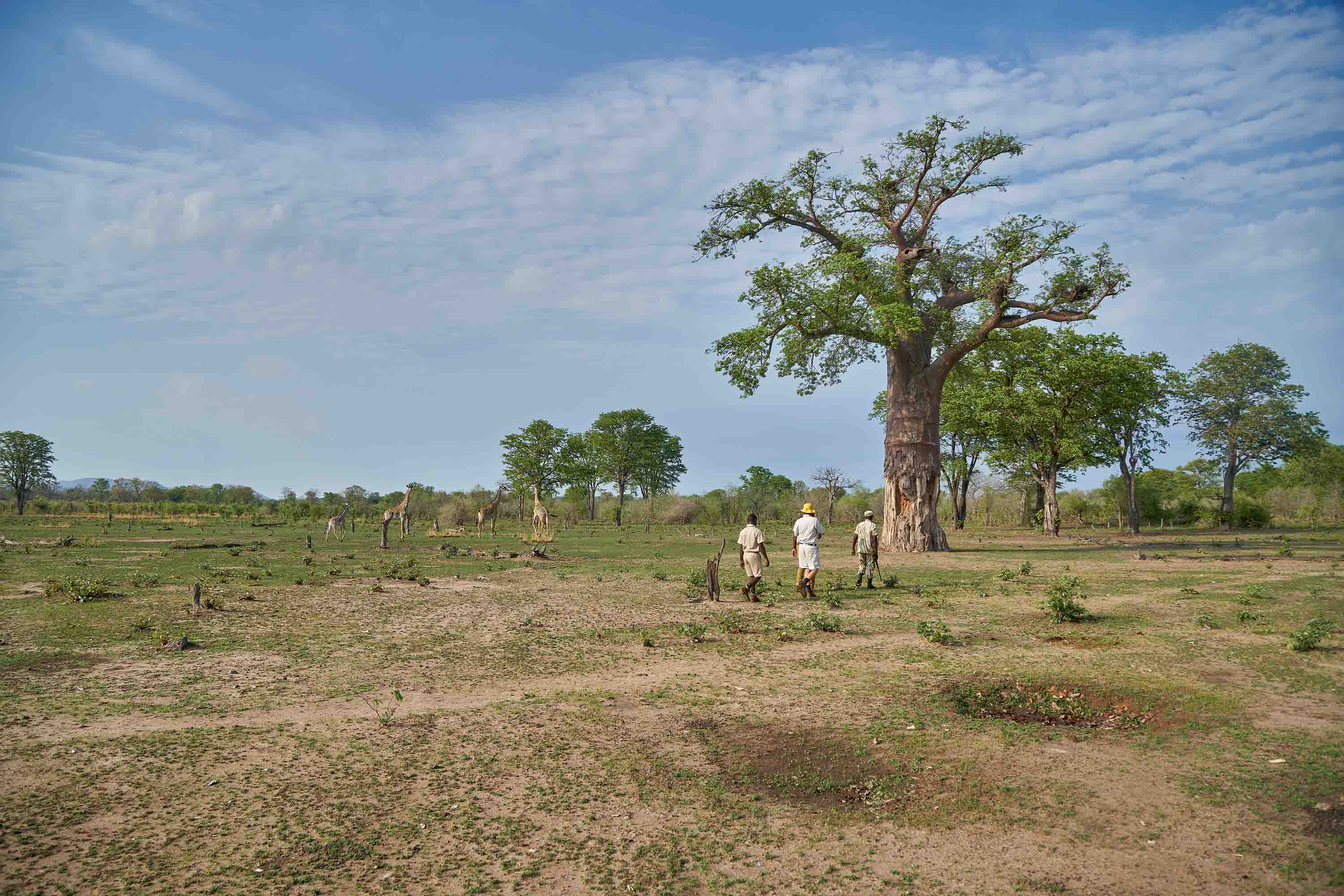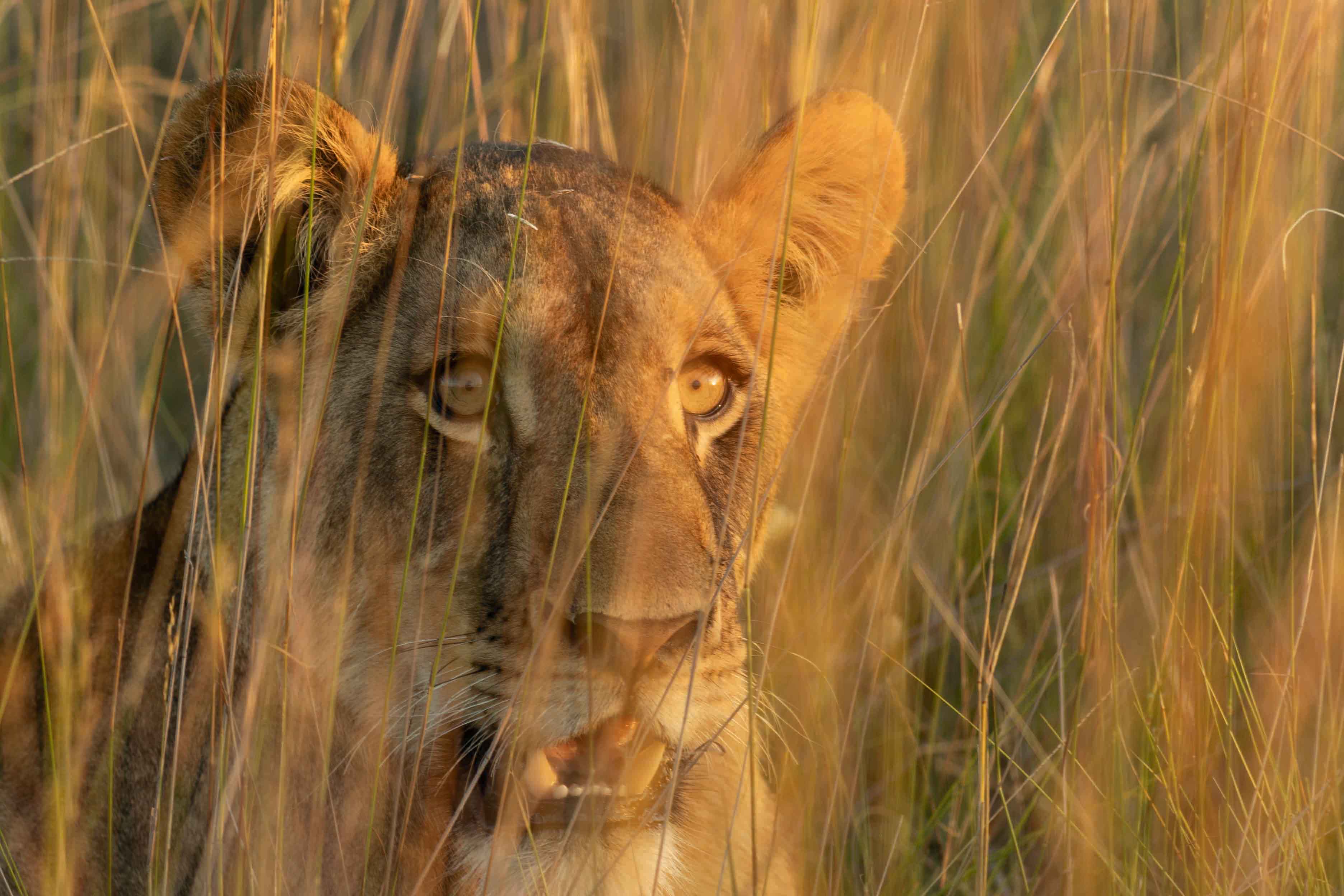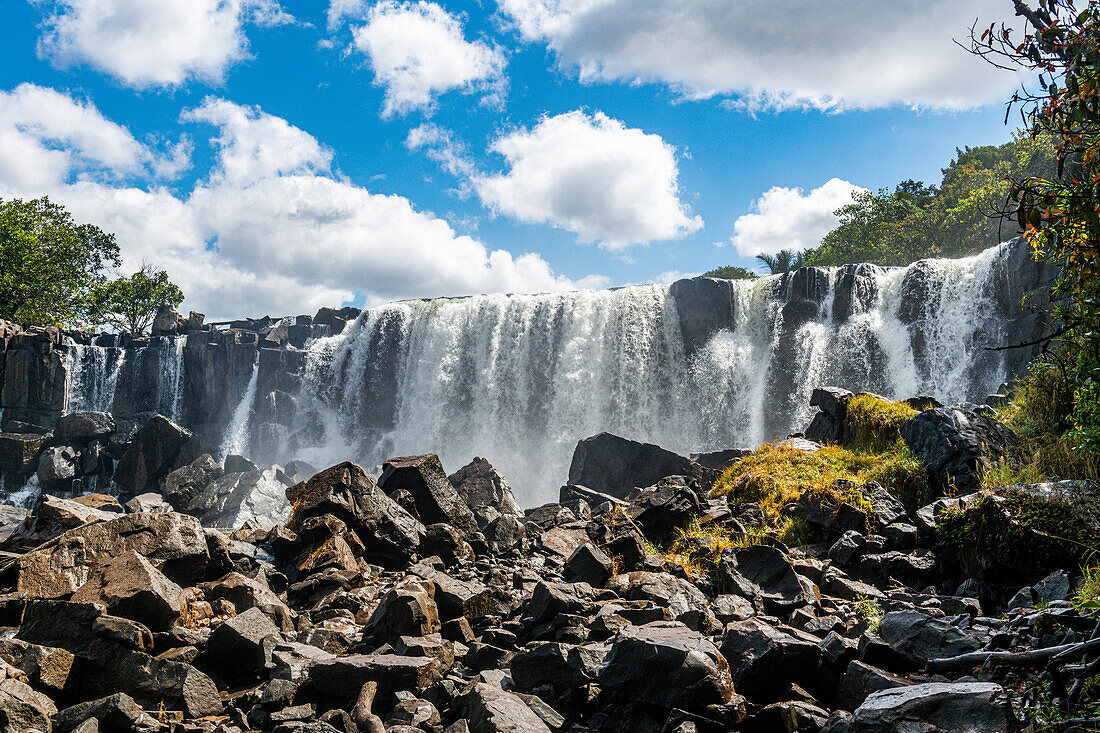The Galicia region, in Spain, faces the Atlantic sea and is proud to call its western cape as the end of the world (Fisterra locally in Spanish). The seas was used as a highway by ships and also as a border for thousands of years before other lands were discovered.
With the sea to the west and north, mountains to the east and the Minyo River to the south, Galicia developed a cultural identity all its own, including its own language, Gallego, a mix between Spanish and Portuguese.
This is a land unknown to most of travellers as its position in the far northwest of Spain makes it less famous than the beaches of Andalucia or the big cities of Madrid and Barcelona. Still, it is a region worth visiting and I hope to help you discover why.
First, this area is the green part of Spain. It’s a land of small rivers, hills, mountains, valleys, abundant rains and vast forests. The coast is full of bays, geographically divided between High and Low Bays, the latter being the main tourist attractions in the region (Pontevedra, Arousa and Vigo). The shoreline is dotted with small fishing villages and towns; each one has its own distinct taste.
The sea is like air to the Gallego people.
The ports of Vigo and A Corunya, are home to two of the main fishing bases in all of Europe. It is said that you cannot find or buy the fish caught here anywhere else. Boats from Gallego fishing companies bring in the bounty of the ocean daily, with Spain being the main consumers.
Despite being a relatively small area, one of the main attractions of Galicia is the easy access to the beaches for those that love maritime sports, as well as to the seven main cities. You can also get to the rural areas, the surrounding hills and forests, just in a matter of minutes by car. The seven cities of the Gallego people are just two and a half hours away from the port. Each one has developed its own character. They are modern centers, but at the same time preserve part of their history, which makes them unique.
Santiago, the capital of the region, holds the Administrative center of Galicia, and the spiritual soul too. Here you will find the base of the regional Government and the main University, which was founded more than five centuries ago. Another place of interest is the famous Roman Catholic cathedral, with a mixture of all kinds of artistic European tastes from the Romanesque to Baroque. It is also the supposed burial place of James the apostle, which according to the Roman Catholic tradition gave the town its name.
Santiago is a good introduction to the beautiful work of the old stonemasons who built the town centuries ago. One of the things you will notice about the region is the large number of buildings made of stone. Granite is everywhere: in the monuments, in the houses, in the streets. Take some time to spend a whole day in Santiago and enjoy some delicious Gallego cuisine from the restaurants, where you can get every kind of fish and seafood imaginable.
Pontevedra means ‘the old bridge’ and the city grew along the stone bridges in the river Lerez. The old quarter is very impressive. You can enjoy the Ferrería and Lenya squares, and do not miss the opportunity to visit the Provincial Museum. This is a little cultural jewel in a modern building and one of the best provincial cultural centers in Spain, where you can see artifacts from Prehistoric times to the early XX century.
A Corunya was the ancient capital of Galicia and is the proud host of the oldest lighthouse in the world. Take time to visit the Tower of Hercules and climb the hundreds of stone steps that lead to the top. From there you can enjoy spectacular views of the city and the peninsula that brought it to life. The maritime front and the streets of the old quarter are worth a visit, as you will find the house of one of the main Gallego football teams: Deportivo da Coruña.
Vigo is the industrial center, the main city of the region with 300,000 inhabitants. It is also home to one of the biggest fishing fleet in Europe and the hub of a growing international maritime port. As in the case of A Corunya and Santiago, it has its own recently renovated airport and University.
Ourense is a city in the interior, built around the river Minyo. Here you can lose yourself in the old streets or in crossing its many bridges, one of them from Roman Empire times and still standing. Go to the As Burgas fountain, where you will find a hot water pond and fountain. There are no volcanoes in this region, but the water comes out hot after passing underground. The same thing happens in some places near the town where you can take a bath in naturally hot waters.
Lugo, another of the interior capitals, has a Roman wall from the first century and in Ferrol, closer to the sea, you can discover one of the Navy bases from three hundred years ago.
Still, Galicia is much more than its cities. The land is full of small towns and villages (half of the population of Spain resides in Galicia) and the people are spread among the hills and valleys. A modern highway crosses the land from Ferrol in the north to the Portugal border in the south. Good road networks make easy travelling if you know how to drive. You can also travel by train between Vigo, Pontevedra, Santiago, A Corunya.
Fiestas and traditions abound in this region, many of them stem from a very antique origin. Some of these fiestas have aChristian background like Easter, where the streets in every town are filled with Roman Catholic processions and activities. These festivals attract a lot of tourist attention, particularly in Viveiro, Ferrol and Cangas.
There are other festivals like Maios, usually held on 1 May and historical remembrances like Feira Franca in Pontevedra, which commemorates the city as it was in the 15th century. Last but not least are the hundreds of food festivals. Anything you can eat will have a festival of its own in one or more towns during the year.
Galicia is best visited in the summer, as rains fall from autumn to spring. The beach sand is made of very fine small grains, produced by the natural erosion of millions of shells and stones. The water is colder in the open sea beaches and warmer in the interior of the bays. Still remember to always use sun protection as you roam about.
If you prefer mountains, don’t hesitate to visit the provinces of Lugo and Ourense and the famous Cannons of the river Sil. The hills fall sharply towards the river. At the top of the mountains you can find hanging platforms where people cultivate vineyards to produce famous wines. If you want to taste, Galicia has plenty quality wines to select from: ‘Ribeira Sacra’ from the Cannons, ‘O Ribeiro’ from Ourense, and ‘Albarinyo’ from the coast. The food is also one of the main reasons people travel to Galicia. Here you can eat products just taken from the sea waters and in places like O Grove, in the bay of Arousa, they will show you how shell fish like mussels are cultivated in floating platforms in the bay. Do visit the fish markets and carry a camera with you, you will be pleasantly surprised with the variety of products.
About hotels and restaurants, you have a wide spectrum of places with different price points to choose from. From five stars hotels in the main cities, to more budget friendly ones in the towns, and even rural houses in the forest districts, where you can experience old houses of 100 or 200 years old. There is something for everyone in whatever town you decide to visit.
The people of Galicia are very friendly and happy to receive visitors, and are curious to know about other people and places. Be prepared to be asked a lot of questions, some which may seem strange, but don’t take offense and simply be patient and take your time to explain. Spanish is the main language and it would be good to carry a small dictionary with you as there you will need it for use in places like hotels, restaurants and shops. You may also be interested in simply getting a native guide to show you around.Galicia is too vast to describe it in full just in an article, so if you wish to know more, I invite you to visit.
